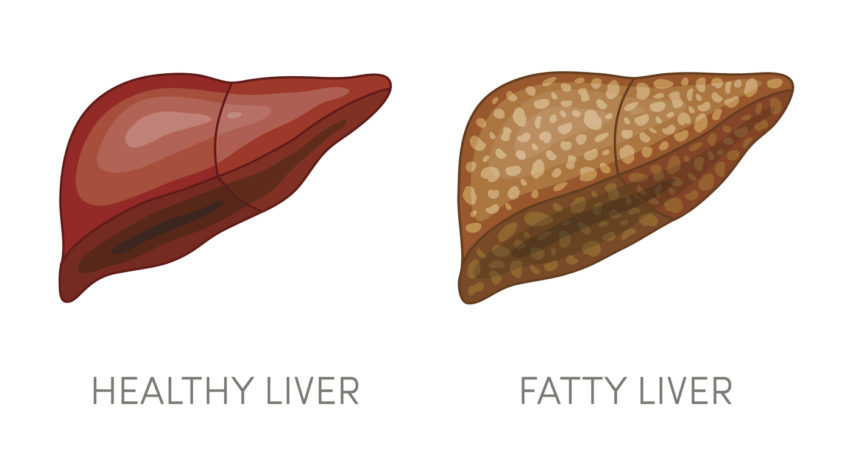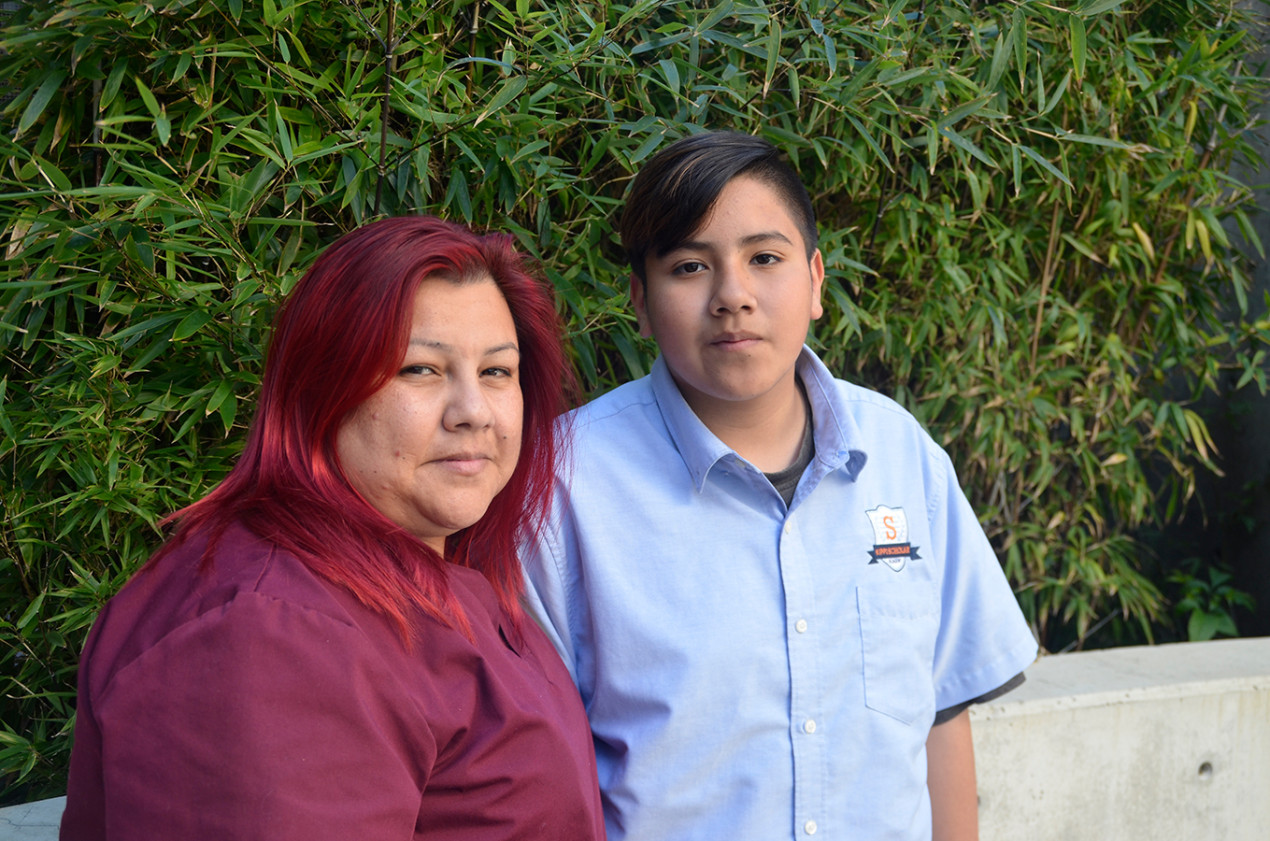
Share On Social!
A lack of access to healthy, sustainable food is causing Latino kids to develop severe health conditions including issues with their internal organs.
One significant issue of concern is pediatric nonalcoholic fatty liver disease. The rate of diagnoses is increasing among Latino kids, Kaiser Health News reports.
“Fatty liver disease is ripping through the Latino community like a silent tsunami and especially affecting children,” said Dr. Rohit Kohli, chief of gastroenterology, hepatology, and nutrition at the University of Southern California and Children’s Hospital Los Angeles.
The ailment is also linked to genetics as well as high levels of sugar and fat in diets.
Fatty Liver Disease & Latino Kids
Before 2006, many doctors did not know that children could develop fatty liver disease.

This condition can be diagnosed when more than 5% of the liver’s weight is fat and it does not cause serious problems in most people. However, it can be for some.
The disease has the potential to progress to a more severe condition called nonalcoholic steatohepatitis, or NASH, which is linked to cirrhosis, liver cancer, and liver failure.
In adults, 1 in 4 Americans has fatty liver disease. For Latino adults, specifically those of Mexican and Central American descent, that rate is drastically higher. One study found that in Dallas (41.7% Latino), 45% of Latinos had fatty livers.
Intervention Study at USC
A research project, ran by the University of California and Children’s Hospital Los Angeles (CHLA) and led by Michael Goran, weaned participants off sugar to reduce the rate of obesity and diabetes among children — the underlying cause of fatty liver disease.
Adrian Mejia, one of the study’s participants, was recruited after doctors at St. John’s Well Child and Family Center became alarmed by his rising weight.
Like many Latino neighborhoods across the United States, Mejia’s contains low-income laborers and is surrounded by food swamps, which makes it extremely difficult for kids to avoid sugar.
“There’s one, two, three, four, five fast-food restaurants [in our community],” Saira Diaz, Mejia’s mother, told KHN.
“And a little mom and pop store that sells snacks and sodas and candy.”
Goran’s team also made a shocking discovery in his previous study: “Sugar from sweetened beverages can be passed in breast milk from mothers to their babies, potentially predisposing infants to obesity and fatty livers.”
One program, Healthy Eating Through Reduction of Excess Sugar (HEROES), is meant to help kids like Mejia who previously drank four or more sugary drinks a day, by cutting out unhealthy behaviors that can lead to fatty liver and other diseases.
Mejia’s liver fat dropped by 43% after giving up sugary drinks.
Efforts to Reduce Fatty Liver Disease in Latino & All Kids
In Sacramento, legislators are working to require a statewide soda tax — as well as putting warning labels on sugary drinks.
While some medical professionals feel this is a step in the right direction, they also think more needs to be done.
“I support sugar taxes and warning labels as a way to discourage consumption, but I don’t think that alone will do the trick,” Goran said. “We also need public health strategies that limit marketing of sugary beverages, snacks, and cereals to infants and children.”
Additionally, the Social Justice Learning Institute in Inglewood, California (51.4% Latino) implemented farmers markets, assisted in converting two corner stores into markets with healthier food options, and created 109 community gardens on public and private lands in Los Angeles (48.7%).
South Los Angeles alone has 125 liquor, convenience stores as well as 150 fast-food outlets.
“Access to unhealthy food options — which are usually cheaper — is very high in this city,” Derek Steele, director of health equity programs at the Social Justice Learning Institute, told KHN.
Explore More:
Healthy Families & SchoolsBy The Numbers
142
Percent
Expected rise in Latino cancer cases in coming years



